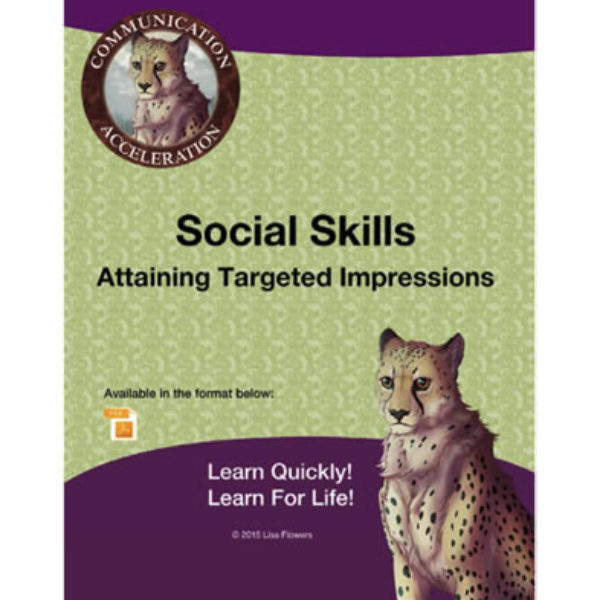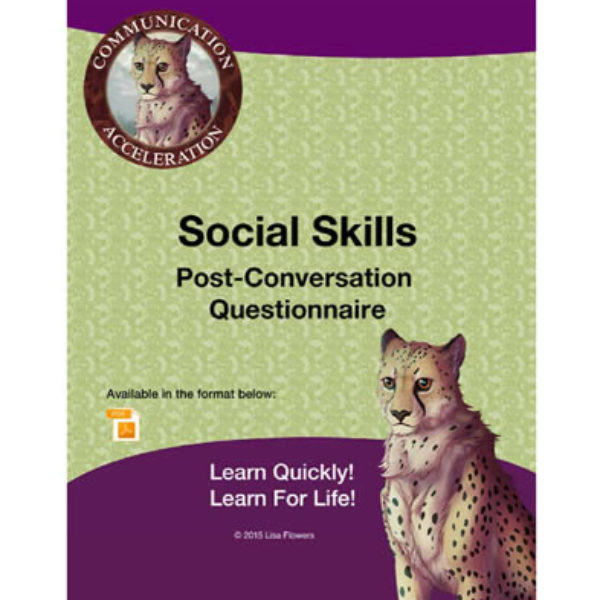Description
Social Skills: Interpreting Non-Verbal Communication Homework
Individuals on the autism spectrum are typically not adept at interpreting non-verbal communication. This is partly due to the fact that they usually do not observe others’ behaviors nearly as often or as intently as neurotypical individuals do. That’s why I give my students the homework task of observing others and interpreting non-verbal behaviors. I teach my students that “non-verbal communication” includes facial expression, body language, and tone of voice, and we work on interpretation in a number of ways before I give them the homework assignment. We may practice identifying non-verbal signs of various emotions in videos (such as clips of sitcoms, dramas, or reality TV) with the sound turned off. We use the activity Tone of Voice to work on using and interpreting tone of voice. We may use Kinesics: Interest vs. Disinterest to learn how non-verbal behaviors can indicate interest or a lack of interest. Notably, while the “Looking Out for Others’ Feelings Homework” in Developing Empathy tasks students with guessing the perspectives of others mainly from context, Interpreting Non-Verbal Communication Homework tasks students with interpreting others’ perspectives from non-verbal behaviors. The last question of this homework task is significant because while it’s important to start observing others more regularly (which I hope the assignment encourages) and to accurately identify how another person is feeling, it’s equally important to respond in a helpful manner to another’s feelings.








